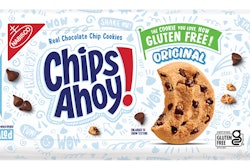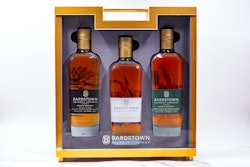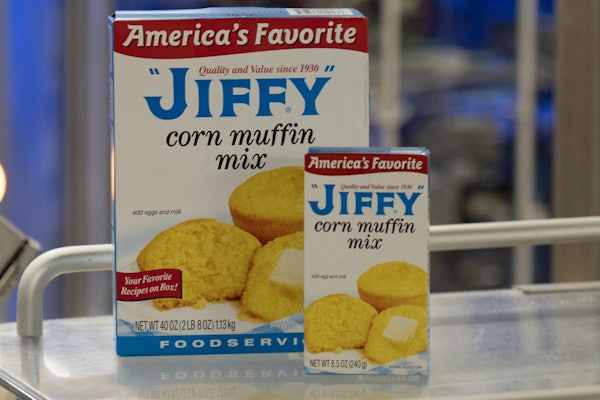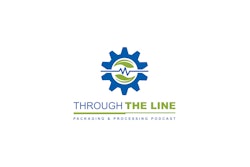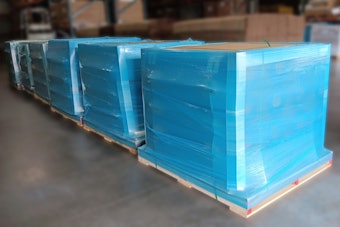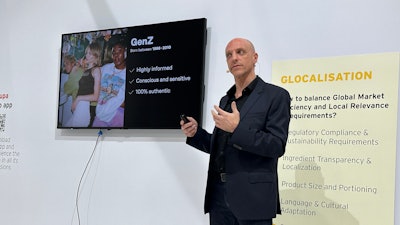
Generation Z, the cohort born into a fully digital world, is reshaping industries across the board - and packaging design is no exception. This demographic, known for its tech-savvy nature and strong social consciousness, demands more from brands than ever before. Their expectations extend far beyond mere functionality; they seek packaging that reflects their values, sparks joy, and makes a statement.
For designers, this presents both a challenge and an opportunity. The traditional rules of packaging are being rewritten, with new emphasis on sustainability, authenticity, and shareability. Gen Z consumers don't just buy products; they buy into brand stories and experiences, often sharing these through their extensive digital networks.
As we delve into seven key trends in Gen Z-focused packaging design, we'll explore how designers are adapting to meet the unique needs of this influential group. From color psychology to cultural references, each trend offers insight into the mindset of a generation that's set to redefine consumer culture.
1. Dopaminergic
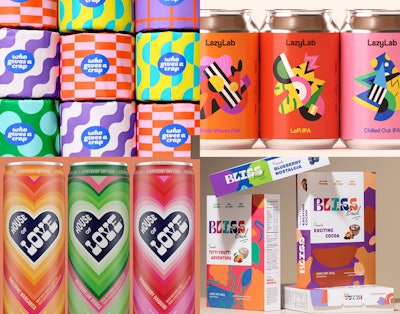
This trend throws conventional color theory out the window, opting instead for unexpected combinations that capture attention and lift spirits. Designs in this category often feature abstract patterns and a distinct lack of white space. The goal is to create packaging that's not just a container, but a mood-altering experience.
For Gen Z, these vibrant designs serve as a form of escapism and self-expression. In a world where every product can become a social media prop, dopaminergic packaging provides the perfect backdrop for unboxing videos and Instagram stories, allowing young consumers to share a bit of joy with their followers.
2. Bold-Minimal
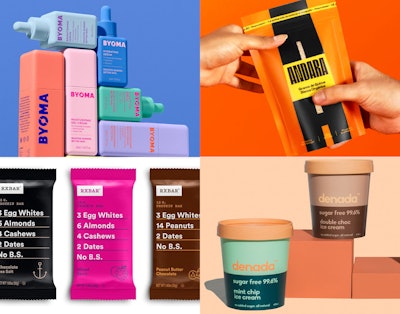
Bold-minimal packaging speaks to Gen Z's appreciation for authenticity and their skepticism towards marketing hype. These designs often feature stark contrasts, with product information taking center stage over brand logos or flashy graphics. The result is packaging that feels honest and straightforward, aligning with Gen Z's value for transparency.
This trend also taps into the generation's digital native status, with designs that often mirror the clean interfaces of their favorite apps. The simplicity of bold-minimal packaging makes it highly shareable on social media platforms, where clean aesthetics tend to stand out in cluttered feeds.
3. Neo-Vintage

Neo-vintage packaging isn't about exact replicas of old designs. Instead, it blends elements from earlier decades with contemporary and even futuristic touches. This creates a unique aesthetic that feels both familiar and fresh, offering Gen Z consumers a way to connect with an idealized past while remaining firmly in the present.
Brands using this approach often draw inspiration from visual styles of previous eras, reimagining them for today's consumers. The key is to create designs that evoke positive associations with the past while still feeling relevant to Gen Z's current experiences. This trend also plays well on social media, where retro-inspired content often garners high engagement.
4. Distorted
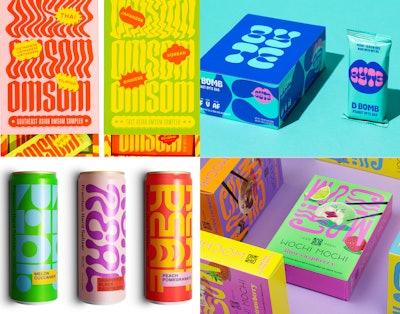
Characterized by unconventional shapes, fluid typography, and elements that seem to defy physical laws, distorted packaging invites consumers to step into a world where normal rules don't apply. This aesthetic often resonates with brands that challenge societal norms or cater to niche communities within Gen Z.
This trend allows Gen Z to transform their everyday reality into something whimsical and exciting, if only momentarily. It expresses the fluidity of ideas and forms in a world of constant change, connecting with a generation that often feels at odds with conventional norms. Distorted packaging designs also align with the generation's interest in augmented reality and other technologies that blur the lines between the physical and digital realms.
5. Indie
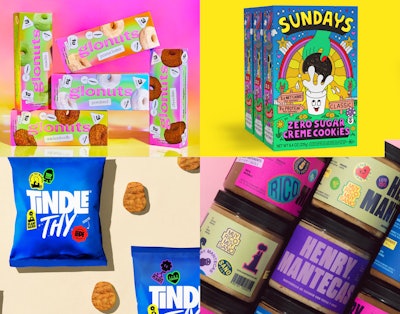
Indie packaging frequently features a mix of patterns, seemingly random graphical elements, and a playful approach to design that feels spontaneous and personal. While these designs may appear chaotic at first glance, they express a youthful energy that resonates deeply with Gen Z consumers.
Brands adopting this trend often use packaging as a canvas for creativity, incorporating sticker-like elements, doodles, or collage-style compositions. These designs allow Gen Z consumers to connect with products that feel unique and personalizable, rather than mass-produced. It also photographs well for social media, offering a wealth of details and textures that create visual interest.
6. Fantastic

Characterized by iridescent effects, futuristic finishes, and imagery that blurs the line between real and imaginary, fantastic packaging designs transport consumers to alternative realities. This approach often incorporates elements that feel magical or technologically advanced.
This trend appeals to Gen Z's desire for experiences that transcend the ordinary. By blending digital rendering techniques with physical packaging, these designs create mind-bending experiences that appeal to Gen Z's desire for the extraordinary in everyday life.
7. Freak
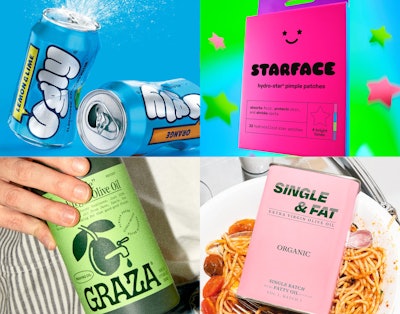
Freak packaging might feature clashing colors, mismatched fonts, deliberately amateur-looking illustrations, or elements that seem randomly placed. It often incorporates humor and irony, poking fun at overly serious or pretentious design conventions.
This trend resonates with Gen Z's rejection of unrealistic beauty standards and their appreciation for authenticity. Freak packaging feels honest and unfiltered, much like the content this generation creates and consumes on social media For Gen Z consumers seeking genuine connections in a world of curated perfection, freak packaging offers a refreshing dose of reality and self-acceptance.
The Bigger Picture
These seven packaging design trends for Generation Z reflect more than mere aesthetic preferences; they mirror the mental health challenges faced by this generation. Growing up in a world of uncertainty and digital pressure, centennials seek packaging that provides emotional support and relief. From mood-boosting colors to designs promoting self-acceptance, each trend addresses specific psychological needs. For brands, understanding these connections is crucial. Successful packaging for Gen Z must go beyond visual appeal to support mental wellbeing, fostering stronger connections with this influential demographic.
Hernán Braberman is the Creative Director of Tridimage, a leading global packaging design agency specializing in structural and graphic design for CPG brands. He is also the host of Branderman, a packaging podcast that explores the intersection of branding, design, and consumer culture.

